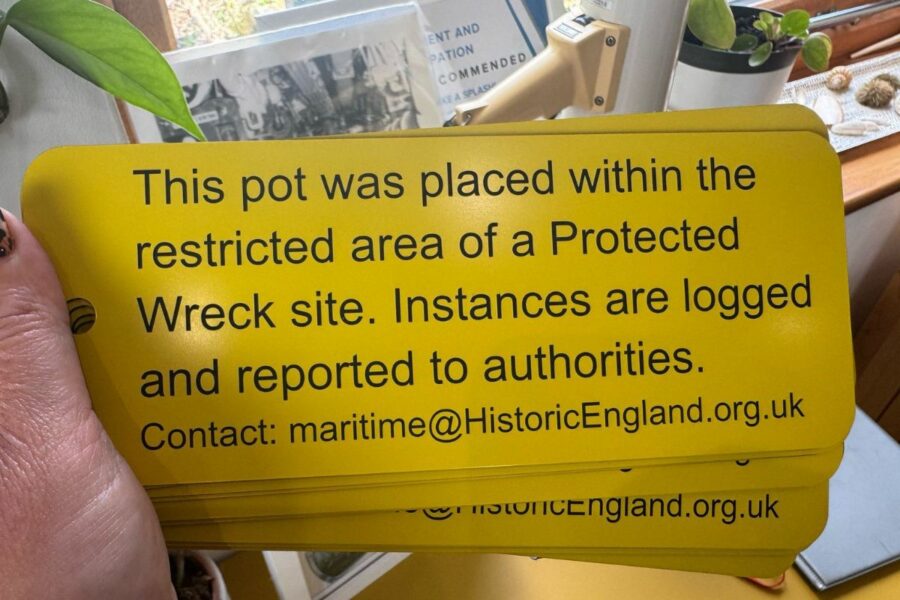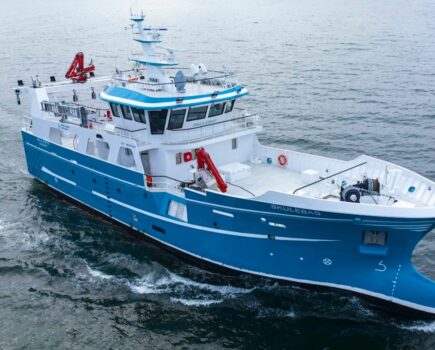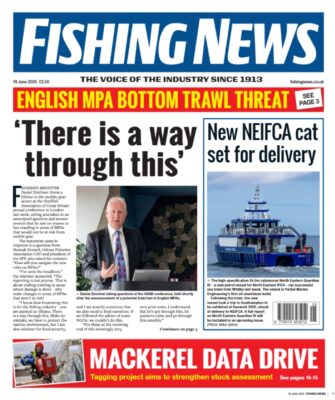Project to understand potential damage to wreck sites by potting gear
A new initiative has been launched to monitor alleged damage on protected wreck sites around the UK from fishing activity.
The Protected Wreck Association, which is leading the project, says that illegal potting activity is causing ‘irreparable’ damage on protected wreck sites and aims to ‘build a picture of how big a problem illegal potting is and enable a plan of action to be developed nationally going forward’. It has launched an online form through which the public can report potting activity at: bit.ly/4eElmxL
The activity is part of Operation Birdie, a national initiative tackling interference at historic wreck sites, and follows recent news that Devon and Cornwall Police is investigating reports of illegally placed fishing gear causing damage to the wreck of the HMS Coronation, which is protected under the Protection of Wrecks Act 1973.
The Coronation was a 90-gun second-rate ship of the line that sank during a storm off Penlee in Cornwall in 1691, costing the lives of approximately 600 sailors. Unusually, the wreck lies in two halves, linked by a debris trail over 1,300m long.
Devon and Cornwall Police says a recent investigation ‘found fishing pots placed across the wreck site and the nearby underwater diving trail’. Officers have been working with Historic England’s maritime archaeologists and heritage crime specialists, and say that work to educate local fishing communities is taking place to prevent further incidents.
PS Julian Fry from Devon and Cornwall Police’s Rural Affairs team said: “The South West is home to 21 of the UK’s 57 protected wrecks. It’s so important for us, and those out on sea, to play our part in keeping these historic sites safe from any damage.
“We’re urging the fishing community to avoid placing any fishing equipment near the HMS Coronation, and indeed any other protected wreck sites around the UK. Whilst we fully support the local fishing industry, preservation of these nationally important heritage sites is essential. We thank the fishing industry in advance for their co-operation.”
The Protected Wreck Association says that a team of volunteer divers are monitoring the site and attaching marker tags – produced by the Protected Wreck Association, MSDS Marine and Historic England – to pots found there as a reminder of the damage they can cause. A leaflet has also been circulated locally.
The HMS/m A1 submarine, the first British-designed and built submarine, which sank in the Eastern Solent in 1911, was highlighted by the Protected Wreck Association as another protected site which has been affected by potting.
Protected wreck sites are mapped and highlighted on navigational charts, but Fishing News understands that this data is not currently available for free on all plotters – which could offer a practical step to further support compliance.
Beshlie Pool, executive officer of South Devon and Channel Shellfishermen, told FN: “Deploying fishing gear upon a protected wreck site would be both poor practice and against the law. In many cases, they are considered war graves, and disturbing them could be considered morally questionable.
“For potting specifically, there would be a significant risk of pots becoming hung up on wrecks should they be set too close, which is a safety risk for fishing crews, so we would not anticipate this being a common occurrence.
“In cases where pots are found in close proximity to wreck material, we would consider it most likely to be a result of either gear being moved by weather, tide or interactions with other fishing methods – or someone inexperienced who is unaware of the safety risks.
“Of course, pots in most areas are required by law to be identifiable with a floating marker. If that is not there, then authorities should seek to determine whether the pots are there by accident, or have been set there illegally by design.”
By Martin Harvey
This story was taken from the latest issue of Fishing News. For more up-to-date and in-depth reports on the UK and Irish commercial fishing sector, subscribe to Fishing News here or buy the latest single issue for just £3.50 here.
Sign up for Fishing News’ FREE e-newsletter here.








